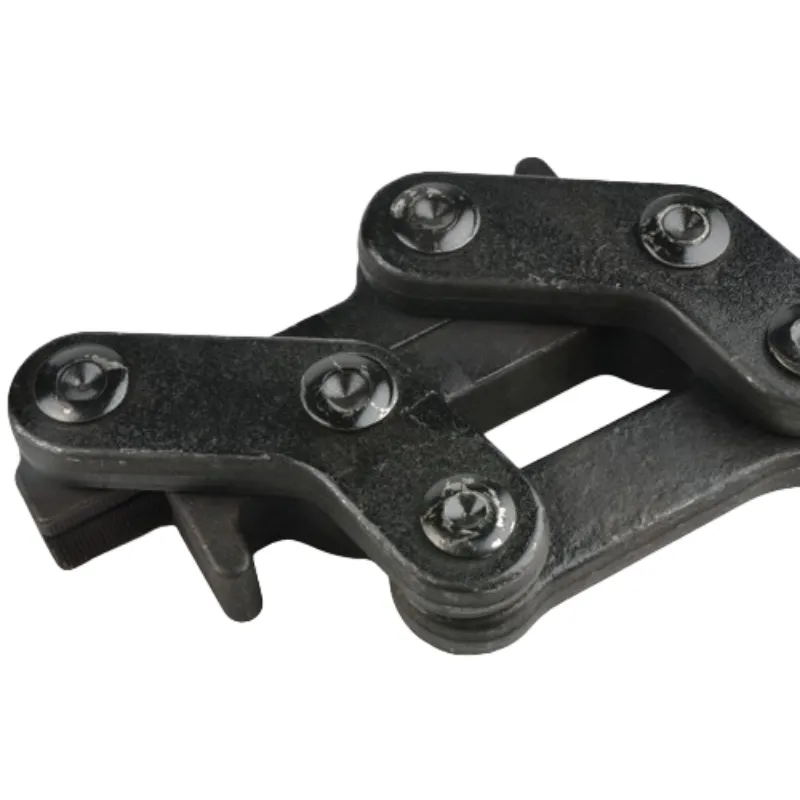
-
 Afrikaans
Afrikaans -
 Albanian
Albanian -
 Amharic
Amharic -
 Arabic
Arabic -
 Armenian
Armenian -
 Azerbaijani
Azerbaijani -
 Basque
Basque -
 Belarusian
Belarusian -
 Bengali
Bengali -
 Bosnian
Bosnian -
 Bulgarian
Bulgarian -
 Catalan
Catalan -
 Cebuano
Cebuano -
 Corsican
Corsican -
 Croatian
Croatian -
 Czech
Czech -
 Danish
Danish -
 Dutch
Dutch -
 English
English -
 Esperanto
Esperanto -
 Estonian
Estonian -
 Finnish
Finnish -
 French
French -
 Frisian
Frisian -
 Galician
Galician -
 Georgian
Georgian -
 German
German -
 Greek
Greek -
 Gujarati
Gujarati -
 Haitian Creole
Haitian Creole -
 hausa
hausa -
 hawaiian
hawaiian -
 Hebrew
Hebrew -
 Hindi
Hindi -
 Miao
Miao -
 Hungarian
Hungarian -
 Icelandic
Icelandic -
 igbo
igbo -
 Indonesian
Indonesian -
 irish
irish -
 Italian
Italian -
 Japanese
Japanese -
 Javanese
Javanese -
 Kannada
Kannada -
 kazakh
kazakh -
 Khmer
Khmer -
 Rwandese
Rwandese -
 Korean
Korean -
 Kurdish
Kurdish -
 Kyrgyz
Kyrgyz -
 Lao
Lao -
 Latin
Latin -
 Latvian
Latvian -
 Lithuanian
Lithuanian -
 Luxembourgish
Luxembourgish -
 Macedonian
Macedonian -
 Malgashi
Malgashi -
 Malay
Malay -
 Malayalam
Malayalam -
 Maltese
Maltese -
 Maori
Maori -
 Marathi
Marathi -
 Mongolian
Mongolian -
 Myanmar
Myanmar -
 Nepali
Nepali -
 Norwegian
Norwegian -
 Norwegian
Norwegian -
 Occitan
Occitan -
 Pashto
Pashto -
 Persian
Persian -
 Polish
Polish -
 Portuguese
Portuguese -
 Punjabi
Punjabi -
 Romanian
Romanian -
 Russian
Russian -
 Samoan
Samoan -
 Scottish Gaelic
Scottish Gaelic -
 Serbian
Serbian -
 Sesotho
Sesotho -
 Shona
Shona -
 Sindhi
Sindhi -
 Sinhala
Sinhala -
 Slovak
Slovak -
 Slovenian
Slovenian -
 Somali
Somali -
 Spanish
Spanish -
 Sundanese
Sundanese -
 Swahili
Swahili -
 Swedish
Swedish -
 Tagalog
Tagalog -
 Tajik
Tajik -
 Tamil
Tamil -
 Tatar
Tatar -
 Telugu
Telugu -
 Thai
Thai -
 Turkish
Turkish -
 Turkmen
Turkmen -
 Ukrainian
Ukrainian -
 Urdu
Urdu -
 Uighur
Uighur -
 Uzbek
Uzbek -
 Vietnamese
Vietnamese -
 Welsh
Welsh -
 Bantu
Bantu -
 Yiddish
Yiddish -
 Yoruba
Yoruba -
 Zulu
Zulu


Dec . 06, 2024 13:19 Back to list
Exploring the Uses and Benefits of Fish Tape in Electrical Wiring Projects
Understanding the Importance of a Fish Tape in Electrical Work
When it comes to electrical installations or repairs, several tools are essential for ensuring that the task is completed safely and efficiently. One of the most important yet often overlooked tools in an electrician's toolkit is the fish tape. This simple yet effective device is indispensable for running wires through walls, ceilings, and conduit, making it a critical aspect of many electrical jobs.
What is a Fish Tape?
A fish tape, also known simply as a fish, consists of a long, flexible steel or fiberglass ribbon wound on a reel. Its primary purpose is to guide electrical wires through long runs of conduit or behind walls where direct access is limited. The design of fish tape allows it to navigate bends and curves in enclosed spaces, thereby easing the installation of electrical wiring.
How Does It Work?
Using a fish tape is a straightforward process. First, the fish tape is inserted into the conduit or wall opening where the wires need to be run. Electricians typically start by pushing the fish tape into the space until it reaches the desired length. Once the tape reaches the end point, a wire is attached to the end of the fish tape using a specialized connector, often referred to as a fish head. The electrician then pulls the fish tape back out, pulling the attached wire along with it. This approach allows the electrician to install wires efficiently without the need for direct line-of-sight.
Types of Fish Tapes
a fish tape

Fish tapes come in various types and materials to suit different applications. Steel fish tapes are favored for their strength and durability, making them ideal for tougher jobs and longer runs. They are typically used in situations where the tape needs to push through rigid materials or navigate tight corners. Conversely, fiberglass fish tapes are more flexible and resistant to corrosion, making them suitable for jobs in humid or wet environments. Additionally, fiberglass tapes do not conduct electricity, providing an extra degree of safety for electricians.
Advantages of Using Fish Tape
The use of fish tape offers multiple advantages in electrical work. Primarily, it saves time and effort when working in confined spaces, allowing electricians to complete jobs more quickly. The flexibility of fish tape also means it can easily navigate obstacles, reducing the likelihood of damage to existing structures. Furthermore, by using a fish tape, electricians can maintain cleaner installations without the need for extensive cutting or drilling.
Tips for Using Fish Tape
To get the best results when using fish tape, there are a few tips to keep in mind. Always ensure that the tape is free of kinks or bends before use, as this can hinder its performance. Additionally, when pulling the tape back, do so gently to avoid snapping it or damaging the wires being pulled. Lastly, it’s important to use the right length of fish tape for your task; longer tapes can manage longer runs, while shorter ones can be easier to handle in smaller spaces.
Conclusion
In conclusion, fish tape is an essential tool in the world of electrical work. Its ability to facilitate the installation of wiring in hard-to-reach places cannot be overstated. Whether you are a seasoned electrician or a DIY enthusiast, understanding how to properly use fish tape can greatly enhance your efficiency and effectiveness on whatever project you undertake. With the right techniques and tools in hand, navigating the complexities of electrical installations becomes a much more manageable task.
Latest news
What Are Construction Tools and How Are They Used?
NewsJul.11,2025
Professional-Grade Duct Rodding Tools for Superior Cable Installation
NewsJul.11,2025
Enhancing Safety and Efficiency with Modern Hot Stick Solutions
NewsJul.11,2025
Empowering Cable Installation with Advanced Rodder Solutions
NewsJul.11,2025
Elevate Your Cable Installation Projects with Cable Pulling Tools
NewsJul.11,2025
Efficient Cable Handling Solutions: Cable Rollers for Sale
NewsJul.11,2025











